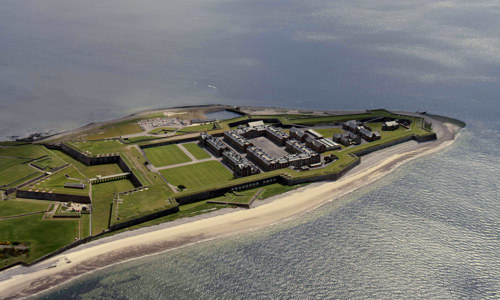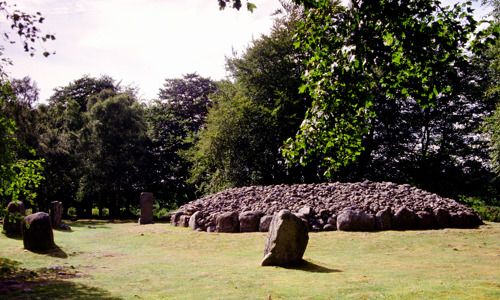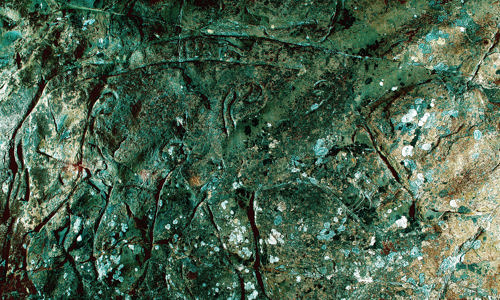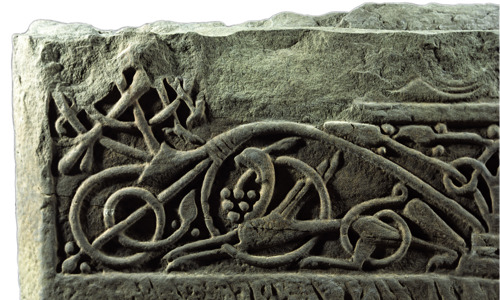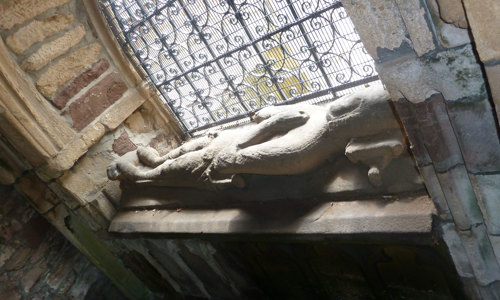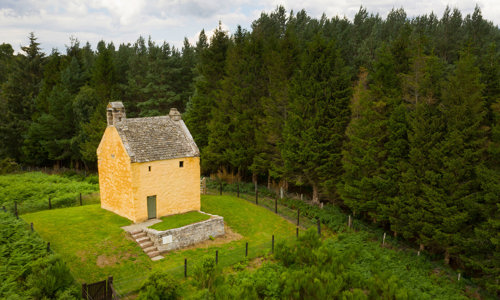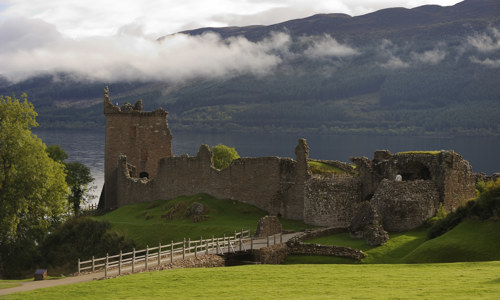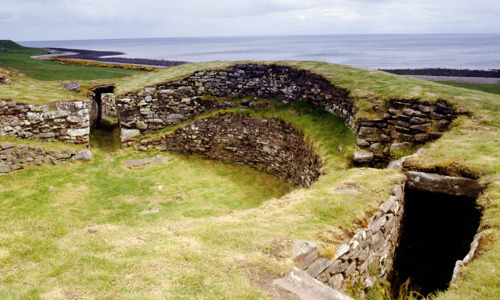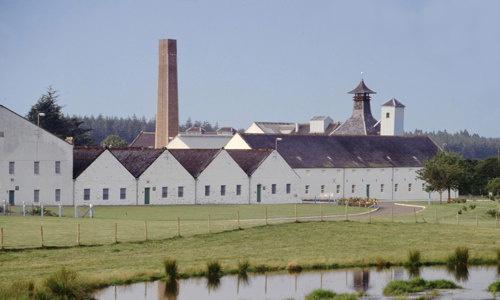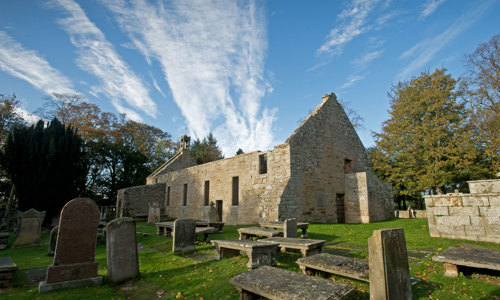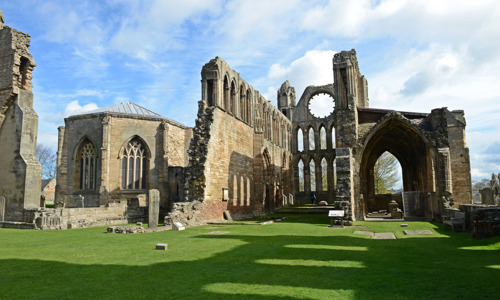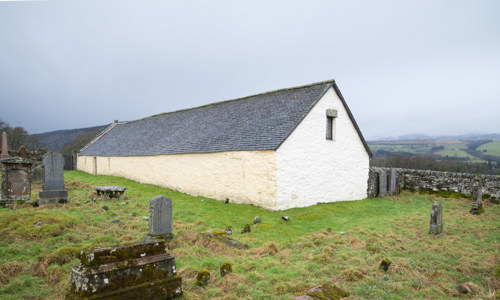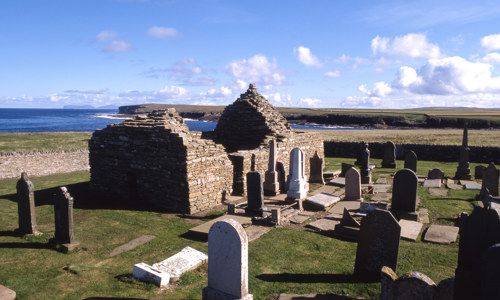History
The bishops of Ross
The diocese of Ross is may well be a successor of a Pictish bishopric at nearby Rosemarkie. Bishop Macbeth is the first recorded bishop of Ross, in about 1130.
Bishop Robert is said to have relocated the see to Fortrose between 1214 and 1249. The earliest ruins we see there today date back to about this time. Euphemia, Countess of Ross initiated an extension to the cathedral in the 1300s. She probably intended to found a chapel where she and her first husband Walter Leslie might be buried and prayed for.
The diocese was never wealthy. At its height the cathedral chapter comprised 21 senior clergy, or canons.
The cathedral remained at least partly in use after the Protestant Reformation of 1560. Tradition has it that Cromwell removed most of the masonry at the cathedral for his citadel at Inverness, but services still continued in part of the site.
The north aisle
The cathedral was a relatively modest building, and little of it remains standing. Only the south aisle and chapel and the older, two-storey north choir aisle survive. The sacristy and chapter house were at ground level. There may have been a treasury and library on the upper floor.
Following the Reformation, the north aisle was used as the burgh’s tollbooth, or town hall and prison.
South aisle and chapel
The elegant south aisle was added to the nave in the late 1300s by Countess Euphemia of Ross. It was probably intended as a chantry chapel, where prayers were said for her soul. Her fine canopied tomb can still be viewed in the chapel.
The south aisle contains fine masonry, visible in:
- the stone vaulting
- the remains of the elaborate window tracery
- internal fixtures, such as the piscina in the chapel – where vessels used at Mass were ritually cleansed
The architecture resembles that of Elgin Cathedral, and it is likely that the same masons worked on both buildings. Following the Reformation, the south aisle and chapel were heavily altered, most notably by the addition of the clock turret.


